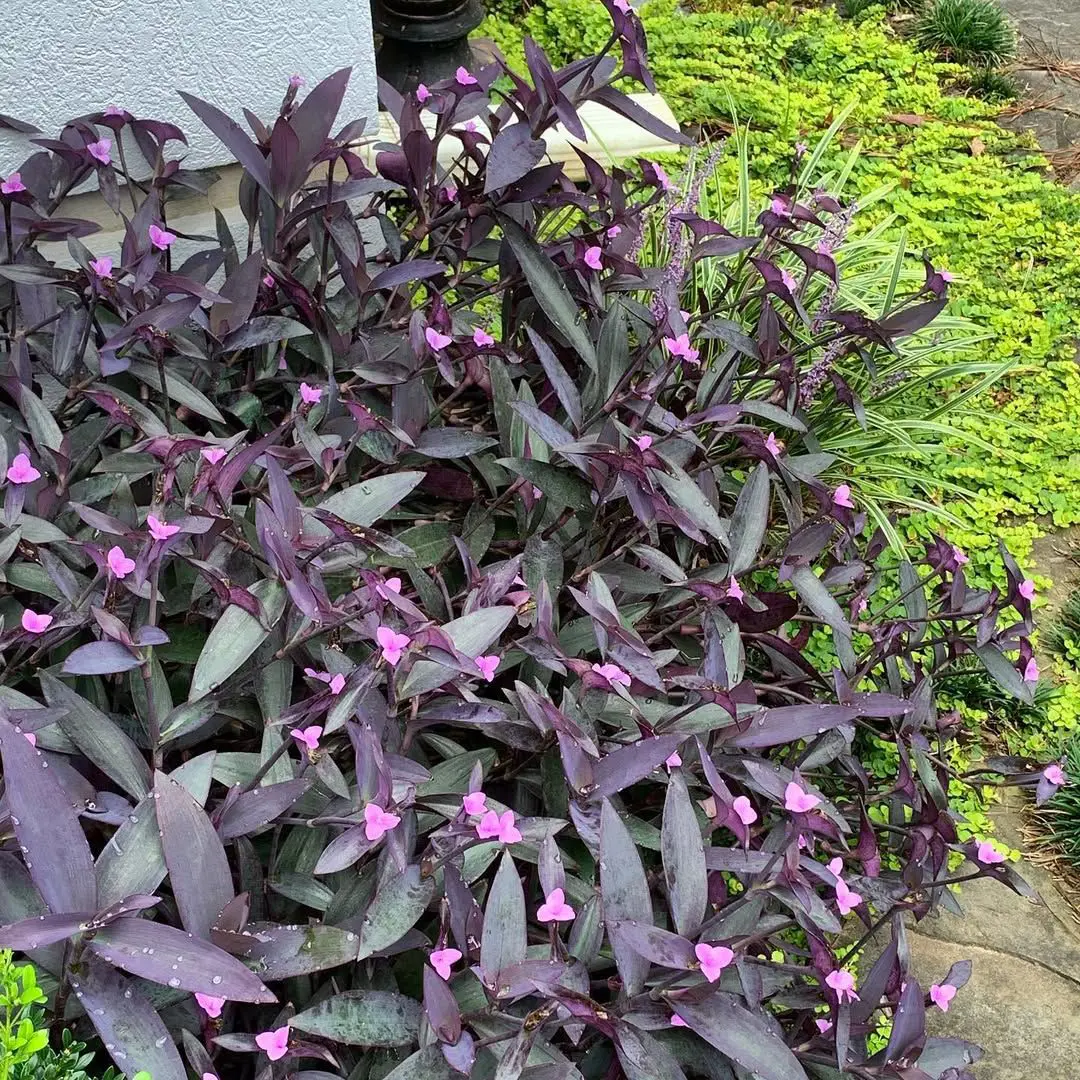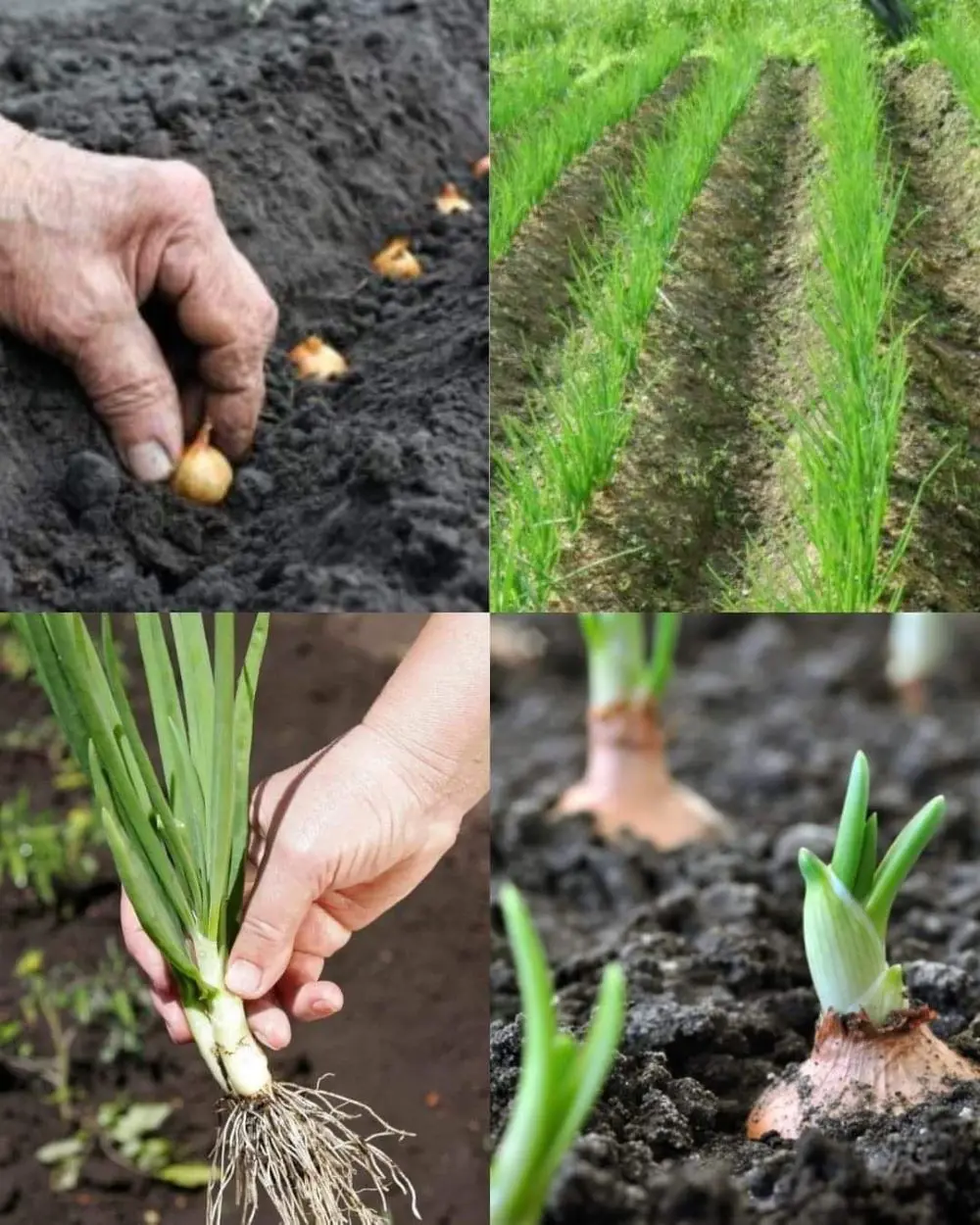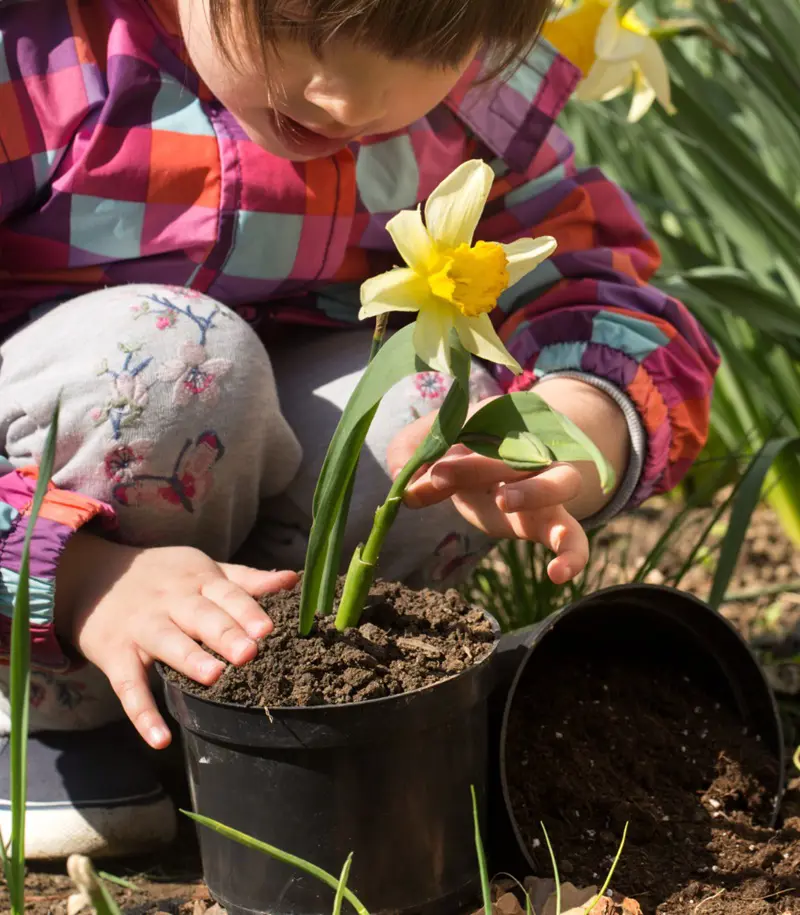Growing and caring for weeping willow trees can be a rewarding endeavor, adding grace and beauty to any landscape. These majestic trees, known for their elegant, cascading branches and shimmering leaves, require specific conditions and care techniques to flourish.
Whether you're considering planting a new sapling or nurturing an established tree, understanding their unique requirements—from soil preferences to pruning methods—will ensure they not only survive but thrive for years to come.
In this guide, we will cover everything from caring for a grown willow tree to growing a seedling.
Planting Weeping Willows
Planting a weeping willow tree requires careful consideration of location, soil preparation, and proper planting techniques to ensure its successful establishment and long-term health.
1. Choose the Right Location:
Select a location with plenty of space for the tree's sprawling canopy and extensive root system. Weeping willows thrive in moist or wet soil conditions and prefer full sun exposure. Ensure there are no overhead obstructions that could limit its growth.
2. Prepare the Planting Hole:
Dig a hole that is twice as wide as the tree's root ball but no deeper than the root ball itself. Gently remove the tree from its container and loosen any encircling roots to encourage outward growth. If planting a bare-root tree, spread the roots out in the hole.
3. Amend the Soil:
Although weeping willows tolerate a wide range of soils, they prefer moist, well-drained soil rich in organic matter. Mix in compost or peat moss with the native soil to improve drainage and fertility, especially if your soil is heavy clay or overly sandy.
4. Planting the Tree:
Place the tree in the center of the hole, ensuring the top of the root ball is level with the surrounding ground. Backfill the hole with the amended soil, gently packing it to eliminate air pockets. Water thoroughly to settle the soil and provide initial hydration to the roots.
5. Mulch and Water:
Apply a 2- to 3-inch layer of mulch around the base of the tree, keeping it several inches away from the trunk to prevent rotting. Mulch helps retain moisture and regulate soil temperature. Water the tree deeply immediately after planting and regularly thereafter, especially during dry periods, to keep the soil consistently moist.
Propagating Weeping Willows
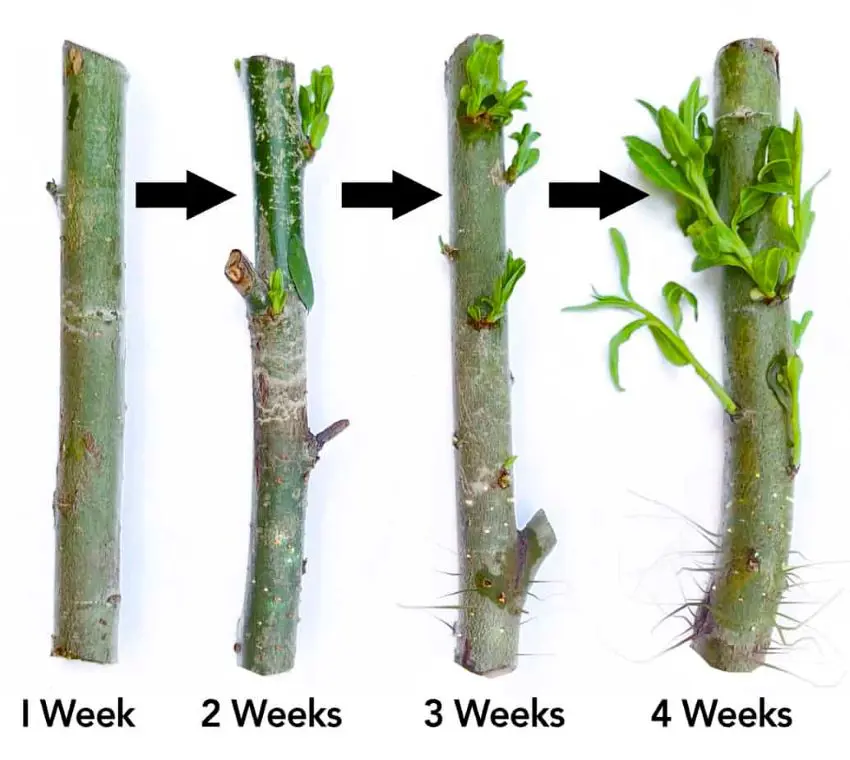
Weeping willows can be propagated through several methods, including cuttings and layering. Here’s how you can propagate weeping willows:
1. Propagation by Cuttings
- Select a Cutting: Choose a healthy branch that is about 1-2 feet long and has several leaf nodes.
- Prepare the Cutting: Remove the leaves from the lower half of the cutting. Dip the cut end in rooting hormone to promote root development.
- Plant the Cutting: Insert the cutting into a container filled with a mix of potting soil and sand. Water thoroughly and place the container in a location with indirect sunlight.
- Care for the Cutting: Keep the soil consistently moist but not waterlogged. Roots should develop in a few weeks. Once the cutting has established roots, it can be transplanted to its permanent location.
2. Propagation by Layering:
- Choose a Low Branch: Select a healthy, low-hanging branch that can be easily bent to the ground.
- Prepare the Branch: Make a small cut on the underside of the branch where it touches the ground. Apply rooting hormone to the cut area.
- Secure the Branch: Bury the cut portion of the branch in the soil, leaving the tip exposed. Use a stone or a U-shaped pin to hold the branch in place.
- Monitor and Care: Keep the soil around the buried branch moist. Roots should form in a few months. Once the new plant is established, it can be separated from the parent tree and transplanted.
Weeping Willow Care
Caring for a weeping willow tree involves understanding its needs for optimal growth and ensuring it remains healthy throughout its life.
1. Planting Location
Weeping willows thrive in areas with full sun to partial shade. They prefer moist, well-drained soils but can tolerate a range of soil types, including clay, sandy, and loamy soils. However, they perform best in soil that retains moisture.
Avoid planting weeping willows near septic systems, underground utilities, or foundations, as their roots can be invasive.
2. Watering
These trees require ample water, especially during their first few years of growth. Water the tree deeply once a week during dry spells. Established trees are more drought-tolerant but will still benefit from regular watering during prolonged dry periods.
3. Mulching
Apply a layer of mulch around the base of the tree to help retain soil moisture, regulate temperature, and prevent weed growth. Keep the mulch a few inches away from the trunk to avoid rot.
4. Fertilizing
Weeping willows typically do not need fertilization if planted in fertile soil. However, if the soil is poor, you can apply a balanced, slow-release fertilizer in early spring. Avoid excessive fertilization, as it can lead to weak growth and make the tree more susceptible to pests and diseases.
Pruning Weeping Willows
Pruning is a crucial aspect of weeping willow care, helping to maintain the tree's shape, health, and overall appearance. Here’s a detailed guide on how to effectively prune your weeping willow:
1. Best Time to Prune
The ideal time to prune weeping willows is during late winter or early spring, just before new growth begins. Pruning during this period minimizes stress on the tree and promotes vigorous new growth.
2. Tools Needed
Pruning shears for small branches
Loppers for medium-sized branches
A pruning saw for larger branches
Gloves and safety goggles
3. Pruning Process
- Assess the Tree: Begin by inspecting the tree for any dead, damaged, or diseased branches. Remove these first to prevent the spread of diseases and pests.
- Remove Crossing Branches: Eliminate branches that cross or rub against each other to prevent damage and improve air circulation within the canopy.
- Thin the Canopy: Thin out crowded areas to allow more light and air to reach the inner branches. This helps reduce the risk of fungal infections and promotes healthy growth.
- Maintain Shape: Trim back the ends of the branches to maintain the weeping form. Cut just above a bud facing the direction you want the new growth to go.
- Avoid Over-pruning: Be cautious not to remove too much foliage at once, as this can stress the tree. Aim to remove no more than 25% of the tree’s canopy in a single pruning session.
4. Aftercare
After pruning, water the tree thoroughly and apply a layer of mulch around the base to help retain moisture. Monitor the tree for signs of stress and ensure it receives adequate water and nutrients during the growing season.
Common Pests and Plant Diseases

Weeping willows, like all trees, can be affected by various pests and diseases. Here’s how to identify and manage some of the most common issues:
1. Aphids
Aphids are small, sap-sucking insects that can cause leaves to curl and yellow. They also excrete a sticky substance called honeydew, which can lead to sooty mold growth.
Management: Spray the tree with a strong jet of water to dislodge aphids. In severe cases, use insecticidal soap or neem oil.
2. Caterpillars
Caterpillars can defoliate the tree, causing significant damage if left unchecked.
Management: Handpick caterpillars and remove them from the tree. For larger infestations, use Bacillus thuringiensis (Bt), a biological insecticide.
3. Willow Leaf Beetles
These beetles feed on willow leaves, causing them to turn brown and drop prematurely.
Management: Inspect the tree regularly and remove beetles by hand. Insecticidal soaps and neem oil can also be effective.
4. Crown Gall
The crown gall is a bacterial disease that causes tumor-like growths on the roots, trunk, and branches.
Management: Remove and destroy affected parts of the tree. There is no cure for crown gall, so prevention is key. Avoid wounding the tree, as the bacteria enter through injuries.
5. Rust
Rust is a fungal disease that causes orange or yellow spots on the leaves.
Management: Remove and destroy infected leaves to prevent the spread of the fungus. Fungicides can be used as a preventative measure.
6. Root Rot
Root rot is caused by poorly drained soil and excessive moisture, leading to decay of the roots.
Management: Ensure proper drainage and avoid overwatering. Remove affected plants and improve soil conditions before replanting.
7. Powdery Mildew
Powdery mildew appears as a white, powdery coating on the leaves and stems.
Management: Increase air circulation around the tree by pruning overcrowded branches. Apply fungicides if the infection is severe.
8. Scale Insects
Scale insects are small, immobile pests that attach themselves to stems and leaves, sucking sap and causing yellowing and stunted growth.
Management: Scrape off-scale insects with a soft brush or cloth. Insecticidal soaps and horticultural oils can help control infestations.
Types of Weeping Willows
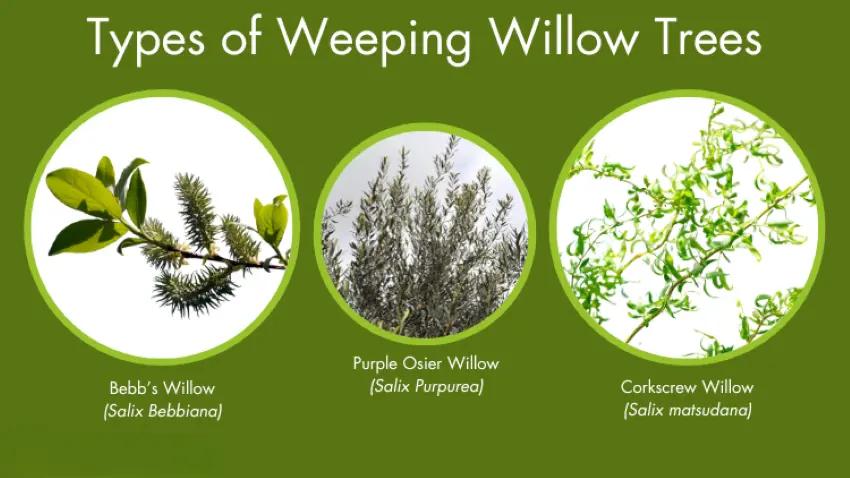
There are several varieties of weeping willows, each with its unique characteristics. Here are some of the most common types:
1. Salix babylonica (Classic Weeping Willow): The classic weeping willow is the most well-known variety, characterized by its long, sweeping branches and lance-shaped leaves. It can grow up to 40-50 feet tall and spread widely, making it an excellent choice for large landscapes.
2. Salix alba 'Tristis' (Golden Weeping Willow): The golden weeping willow is notable for its striking yellow branches that stand out in the landscape. It shares similar growth habits and care requirements with the classic weeping willow but adds a unique color element to the garden.
3. Salix sepulcralis 'Chrysocoma' (Golden Weeping Willow): Another golden weeping willow variety, Chrysocoma, is distinguished by its bright yellow twigs and graceful form. It can reach heights of 50-75 feet and is often used as a focal point in large gardens and parks.
4. Salix x sepulcralis (Hybrid Weeping Willow): This hybrid variety combines the best traits of different willow species, offering improved disease resistance and vigor. It features the classic weeping form and can grow in various soil conditions.
5. Salix x blanda (Wisconsin Weeping Willow): The Wisconsin weeping willow is a hardy hybrid variety suitable for colder climates. It has a similar appearance to the classic weeping willow but can withstand harsher weather conditions.




